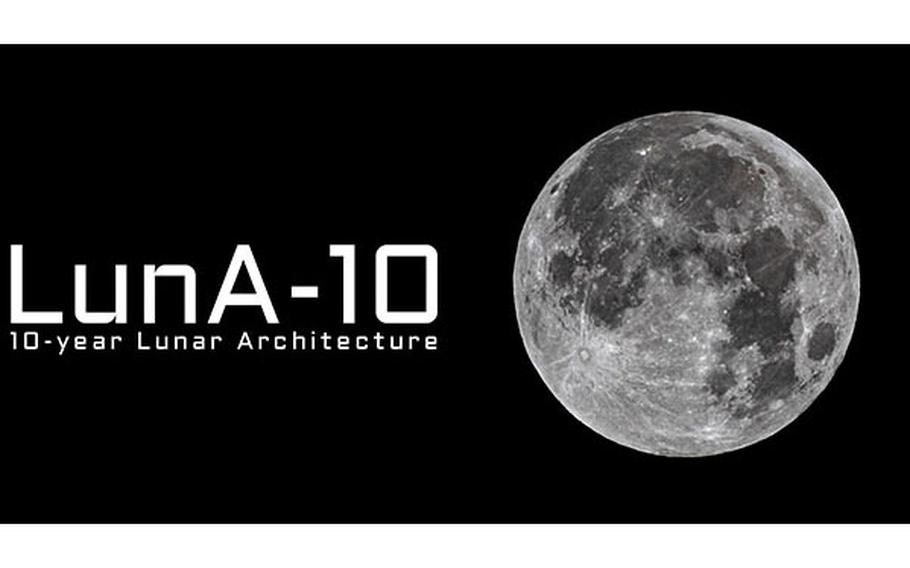(Tribune News Service) — As hundreds of space engineers mull potential partnerships at the fall Lunar Surface Innovation Consortium in Pittsburgh, the nation’s top defense accelerator chose the venue to announce its first portfolio of lunar companies.
The Defense Advanced Research Projects Agency selected 14 companies from hundreds of applicants with ideas about how to travel, build and mine on the moon. Presuming they clear final contract negotiations, each will receive up to $1 million as they work in tandem to deliver solutions over the next seven months.
“The 10-Year Lunar Architecture (LunA-10) capability study aims to rapidly develop foundational technology concepts that move away from individual scientific efforts,” DARPA said in its August request for solicitation.
The inaugural cohort includes power development from Blue Origin, Fibertek and Honeybee Robotics, mining expertise from Sierra Space, Helios and Cislunar Industries, market analysis from Firefly, communication research from Crescent, Nokia Bell Labs and Redwire, transit and mobility from Northrop Grumman and SpaceX, and construction and robotics from Gitai and ICON.
It was “absolutely essential” to include international participants in that list, Phil Root, director of DARPA’s strategic technology office, said in the announcement.
Astrobotic, which is leading Pittsburgh’s involvement in the return to the moon, submitted a proposal but was not selected.
“We were a little surprised we weren’t picked,” Astrobotic CEO John Thornton said shortly after the announcement.
Companies that weren’t selected to participate in LunA-10 can still help define standards for lunar development through another DARPA project announced Wednesday: the Lunar Operating Guidelines for Infrastructure Consortium.
Similar to standards developed for satellites, Root said a set of rules regulating what gets built on the moon should help “catalyze the commercial economy” there. They will be developed by a broad set of stakeholders.
NASA’s chief technologist A.C. Charania praised DARPA for its investments in lunar infrastructure companies, some of which have already been supported by NASA Tipping Point grants. In public remarks following the announcement, he called LunA-10 an “incredible initiative.”
(c)2023 the Pittsburgh Post-Gazette
Visit www.post-gazette.com
Distributed by Tribune Content Agency, LLC.

(darpa.mil)